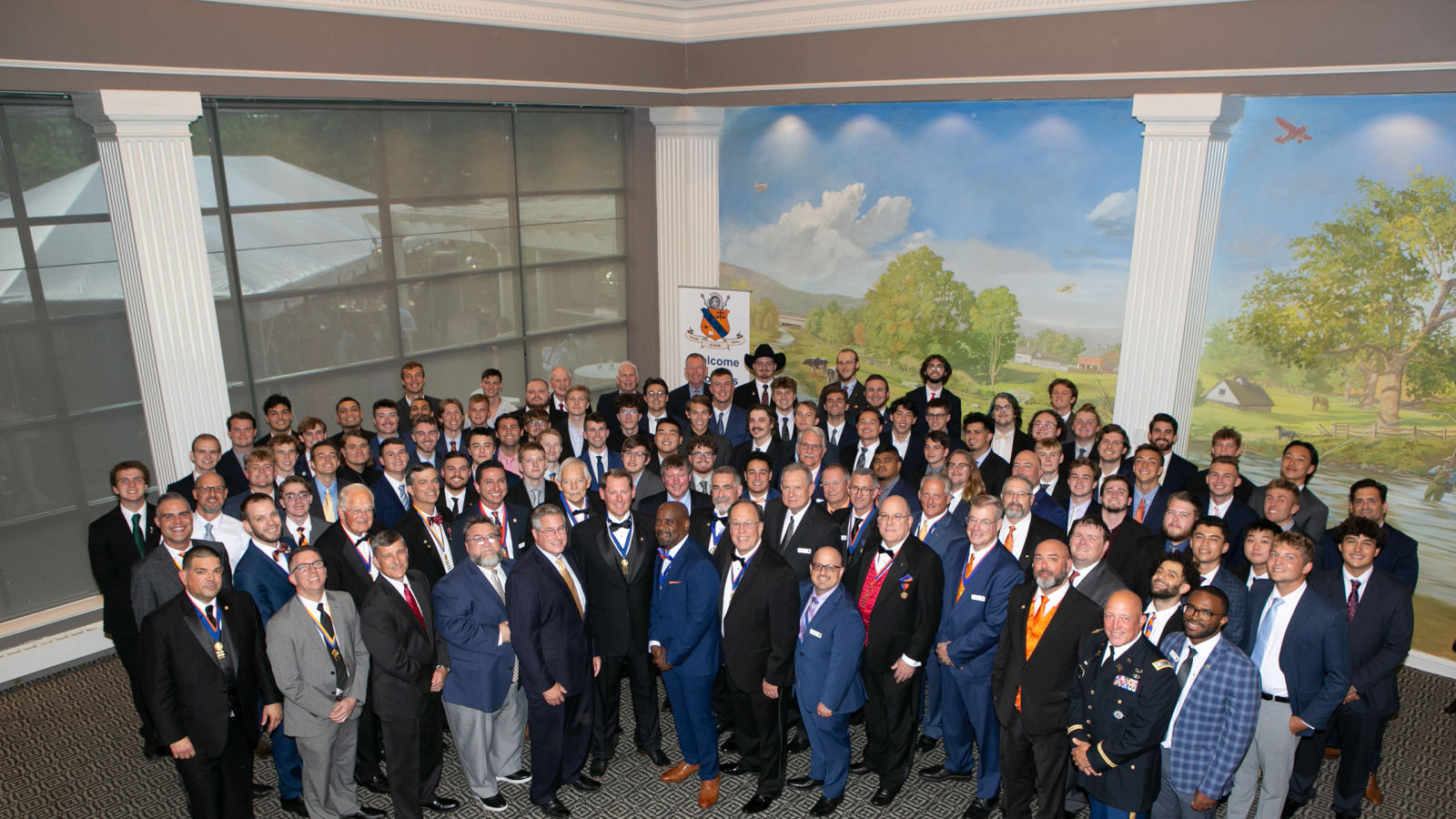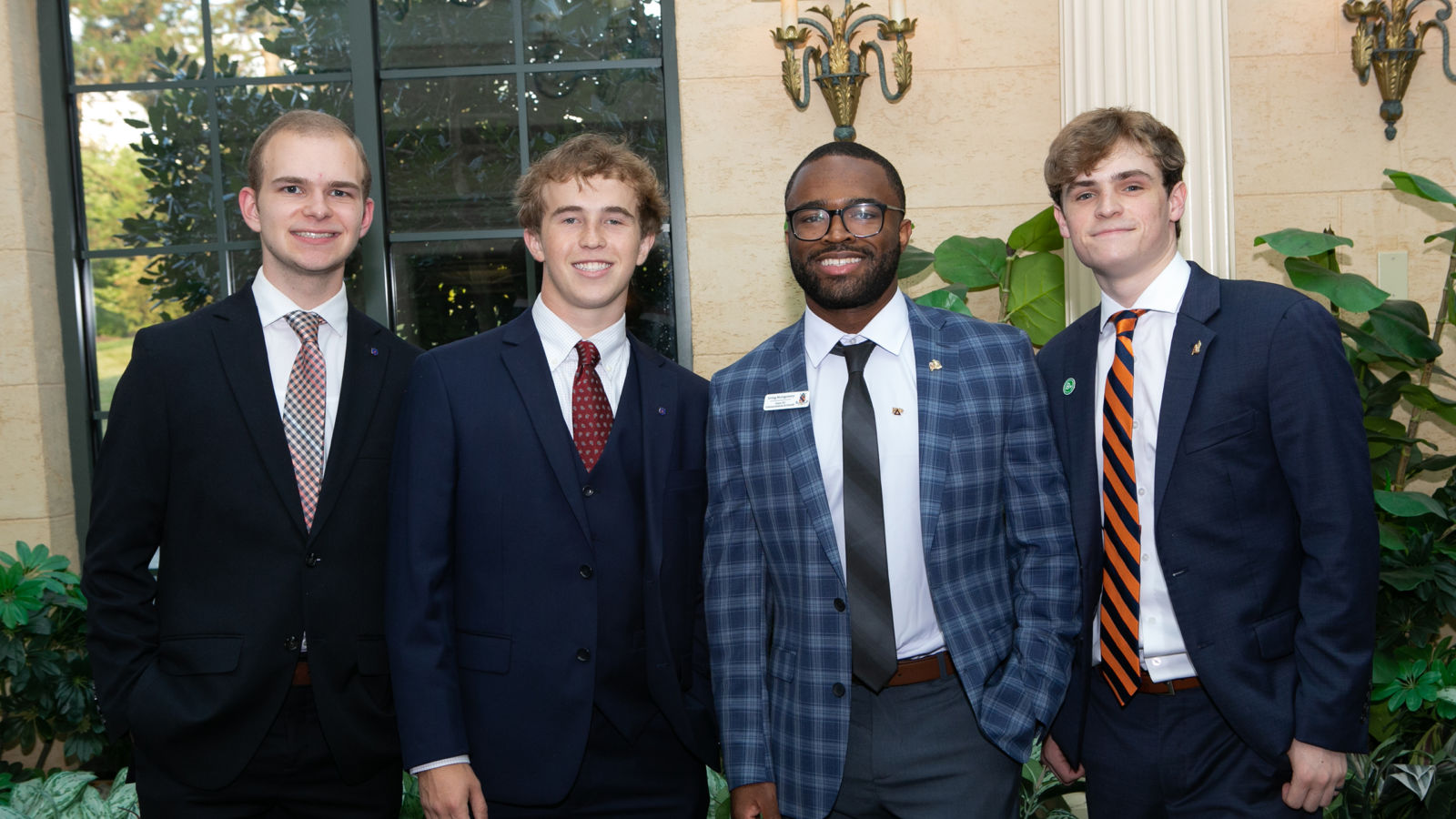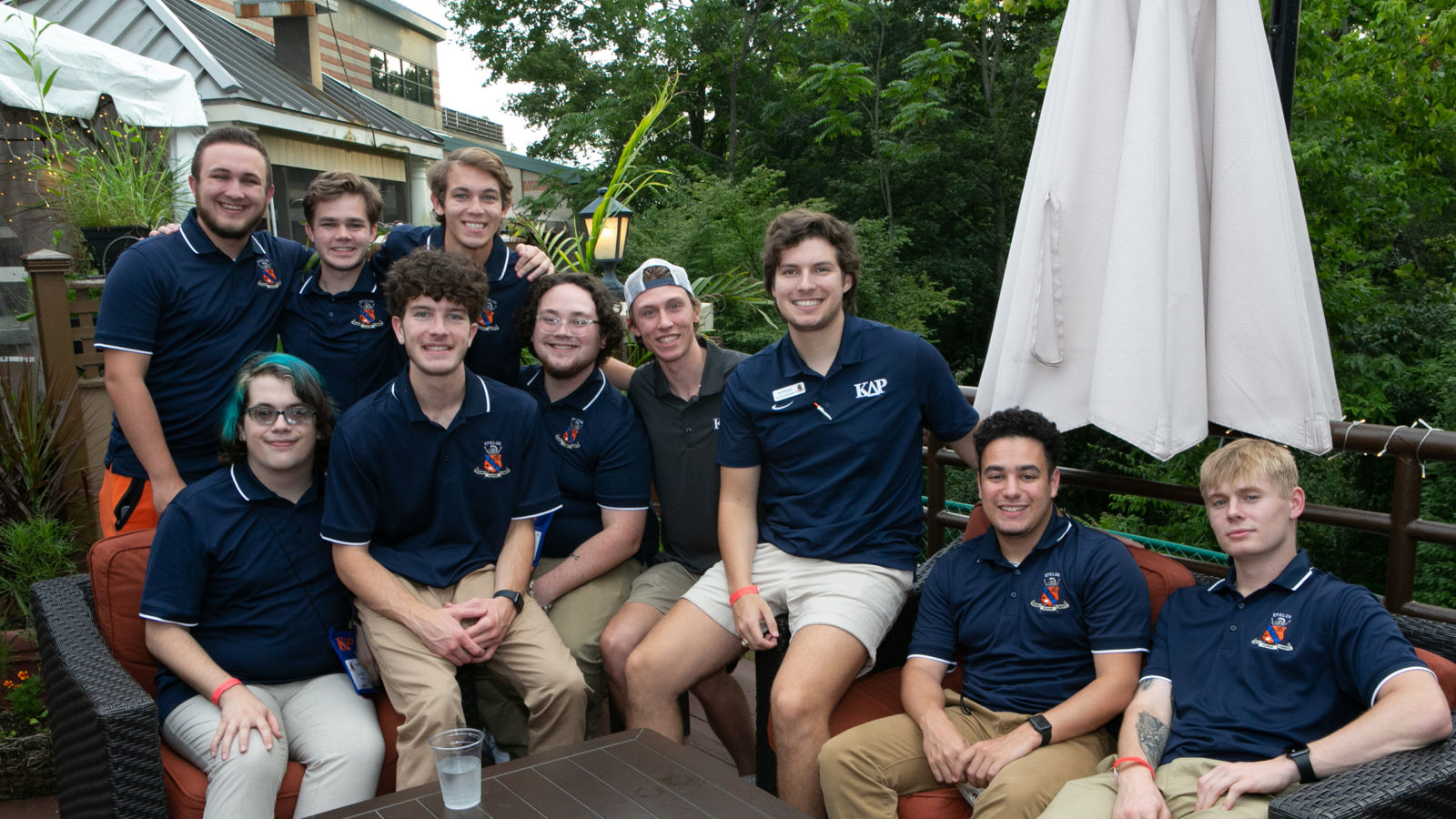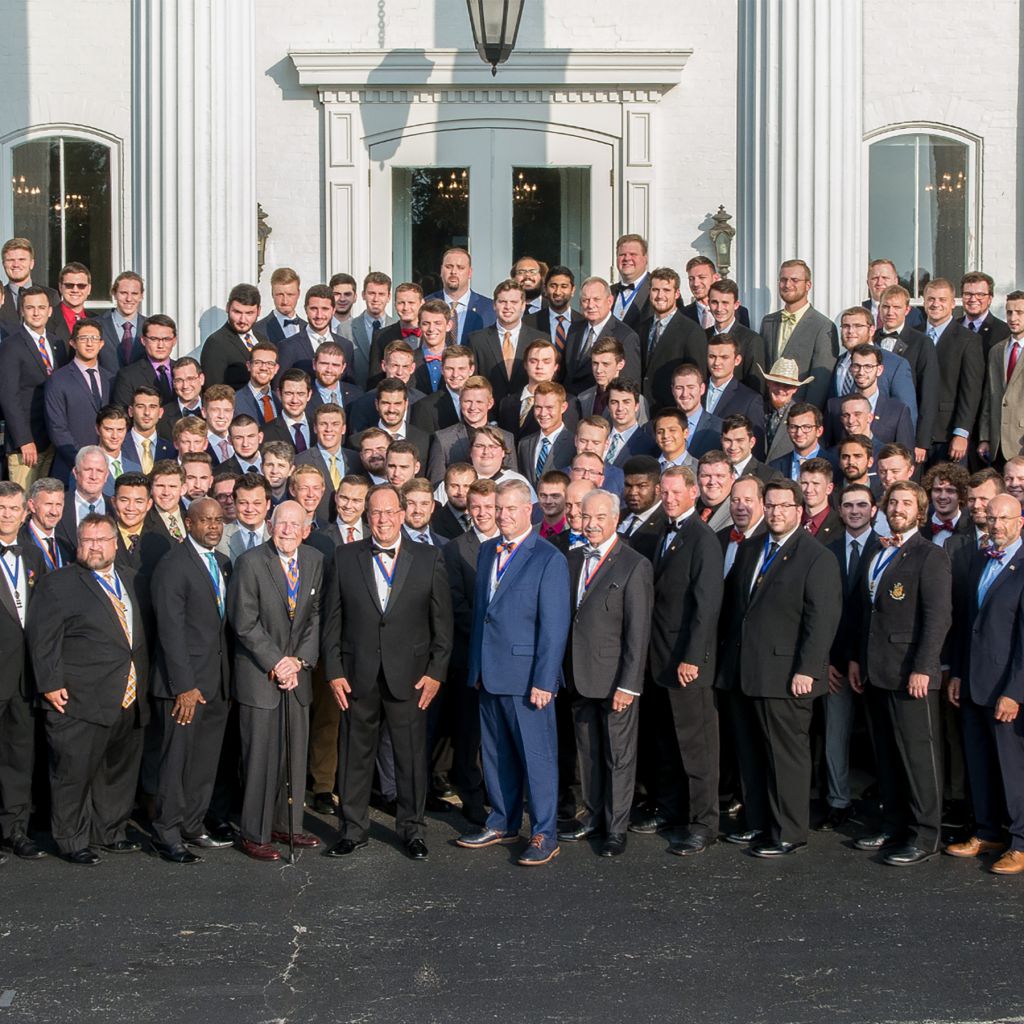During the Great Depression, college enrollment decreased steadily and many Chapters faced closing their doors for lack of men. However, the enthusiastic support of alumni helped all but two Chapters continue. The Omicron Chapter at Butler University existed for only seven years, becoming inactive due to few alumni. Similarly, the Tau Chapter at Carnegie Tech, active from 1930 to 1939, discontinued due to lack of insurance.
At the 1932 convention at Lafayette College, KDR revised the constitution and general structure of the organization for subsequent incorporation, but from 1936 to 1945, the Fraternity struggled to expand. In 1939, however, KDR installed the Upsilon Chapter at Fresno State College. The Depression put a great deal of stress on the budgets of all Chapters, and just as KDR was entering a period of consolidation, news came of the attack on Pearl Harbor on December 7, 1941. Undergraduates and alumni responded to the war summons, closing most Chapter houses for the duration of WWII. The Delta, Theta, Kappa, Nu, and Pi Chapters were the only groups able to remain active, but active status often meant only one or two men living in the house. Their attempts at rush were usually futile, perhaps initiating one or two more members.
The then National Executive Secretary, E. Mayer Maloney, Nu ’36, and a majority of the National Directors, entered the Armed Forces. In their absence, KDR authorized alternate directors to carry on the work and keep the Fraternity intact. In 1942, KDR and Tau Kappa Epsilon, both in difficult situations, considered a merger to become Tau Kappa Delta. The TKE Board and convention approved the merger, as did KDR’s board, but the KDR convention




